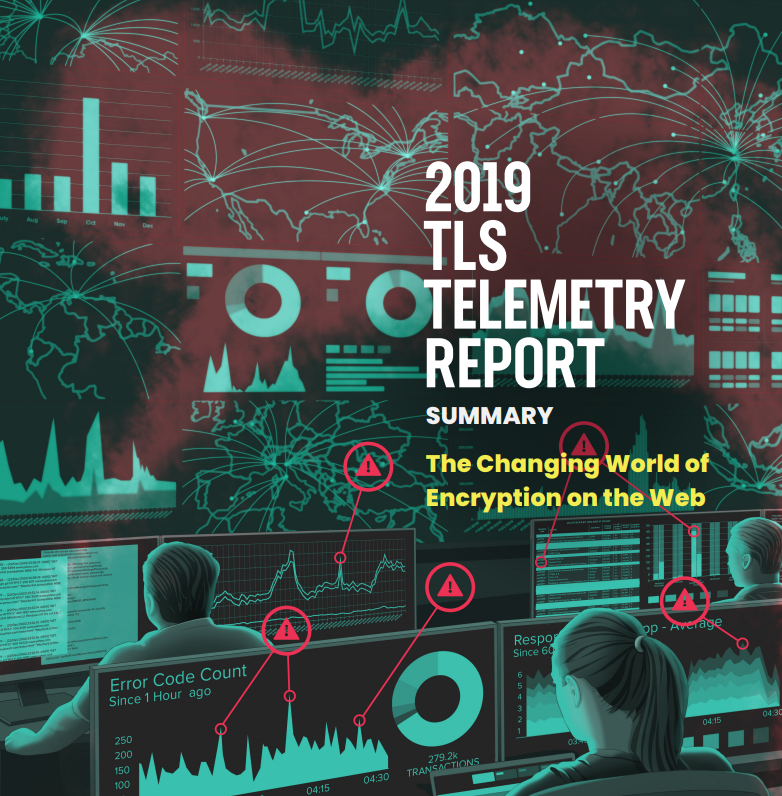Q&A: DNS inventor Paul Mockapetris
Four months after serious flaws in the internet’s addressing system were proven, its inventor is looking beyond the threats to help bolster web security.


Earlier this year, researcher Dan Kaminsky outlined flaws in the internet Domain Name System (DNS), which led to massive efforts on behalf of multiple vendors to patch vulnerable systems.
The flaw, which has been used by hackers to poison the servers that translate web addresses into internet protocol addresses and redirect unsuspecting users to spoofed malicious sites to infect their PCs, has also led to political action.
Authorities, including the European Union (EU) agencies, have been involved in promoting the adoption of standard technologies like Multiprotocol Label Switching (MPLS), IPv6 and Domain Name System Security Extensions (DNSSEC) to combat the vulnerability.
Dr. Paul Mockapetris, the inventor of DNS and chairman and chief scientist at IP address infrastructure software vendor Nominum, has been working alongside other security experts and agencies at the same time to tackle the flaw.
Earlier this week, he spoke to IT PRO about the issues involved and the challenges the IT industry faces to strengthen DNS and web security overall.
IT PRO: The DNS attack vector outlined by Dan Kaminsky in June has been one of the major web security issues of 2008. Given your involvement in the first ever DNS implementation, what are you working on towards successfully patching this flaw?
Mockapetris: We develop with DNS and DCHP [Dynamic Host Configuration Protocol] software for large carriers that provide services to a total 150 million broadband subscribers worldwide. When it comes to the Kaminsky attack, we're part of the consortium of vendors and organisations that have addressed ways to put new security layers over the DNS system.
Sign up today and you will receive a free copy of our Future Focus 2025 report - the leading guidance on AI, cybersecurity and other IT challenges as per 700+ senior executives
Our carriers demand it of us and it's our job to meet or exceed those expectations beyond what might be expected in say, the open source world.
We saw many attacks launched against us, but have successfully dealt with every one. And our focus has now moved onto additional security measures, beyond DNS. For instance, in the DNSSEC [DNS Security Extensions] era of the future, it will be possible to distribute reputation information using digital signature technology to the filters used by email and virus filters to remove spam and block malicious or pornographic sites.
In some places, like New York State and California, they are developing them as part of regulations to ensure it's possible for people to expect to have a trusted experience of the internet. And we're seeing the work of ENISA and political movement towards making this part of the expectation of users who want to have a trusted experience on a website too.
Looking back, were you surprised that the system you originally designed for distributing naming data could be subverted in such a high-profile way?
I was the inventor' of DNS in that I designed it and deployed the first implementation 25 years ago. But I would say that design only goes up through floors one and two of its development.
A 25-year veteran enterprise technology expert, Miya Knights applies her deep understanding of technology gained through her journalism career to both her role as a consultant and as director at Retail Technology Magazine, which she helped shape over the past 17 years. Miya was educated at Oxford University, earning a master’s degree in English.
Her role as a journalist has seen her write for many of the leading technology publishers in the UK such as ITPro, TechWeekEurope, CIO UK, Computer Weekly, and also a number of national newspapers including The Times, Independent, and Financial Times.
-
 Trump's AI executive order could leave US in a 'regulatory vacuum'
Trump's AI executive order could leave US in a 'regulatory vacuum'News Citing a "patchwork of 50 different regulatory regimes" and "ideological bias", President Trump wants rules to be set at a federal level
-
 TPUs: Google's home advantage
TPUs: Google's home advantageITPro Podcast How does TPU v7 stack up against Nvidia's latest chips – and can Google scale AI using only its own supply?
-
 Why the likes of Shopify are bringing web designers to an end
Why the likes of Shopify are bringing web designers to an endOpinion Modern tools like Shopify are letting small businesses create viable sites for a fraction of the price it might have once cost
-
 Cloudflare fixes outage that knocked major web services offline
Cloudflare fixes outage that knocked major web services offlineNews Online services such as Nord VPN, Shopify, and Steam were all inaccessible by users in most regions
-
 Google Domains exits beta after seven years
Google Domains exits beta after seven yearsNews The service is now generally available with a 20% discount for new and returning users
-
 Facebook blames faulty configuration change for hours-long outage
Facebook blames faulty configuration change for hours-long outageNews The update caused a "cascading effect" that brought all of the social network's services to a halt
-
 TLS Telemetry Report
TLS Telemetry ReportWhitepaper The changing world of encryption on the web
-
 Enhancing subscriber services through DNS
Enhancing subscriber services through DNSWhitepaper Easily expand delivery of value-added security services through a cost-effective DNS-based approach
-
 ICANN board blocks private equity firm’s .org purchase
ICANN board blocks private equity firm’s .org purchaseNews Non-profits claimed sale could have had "dire consequences"
-
 Microsoft embraces DNS over HTTPS to secure the web
Microsoft embraces DNS over HTTPS to secure the webNews Developers advocate benefits of encrypted traffic but are likely to encounter anger from ISPs
